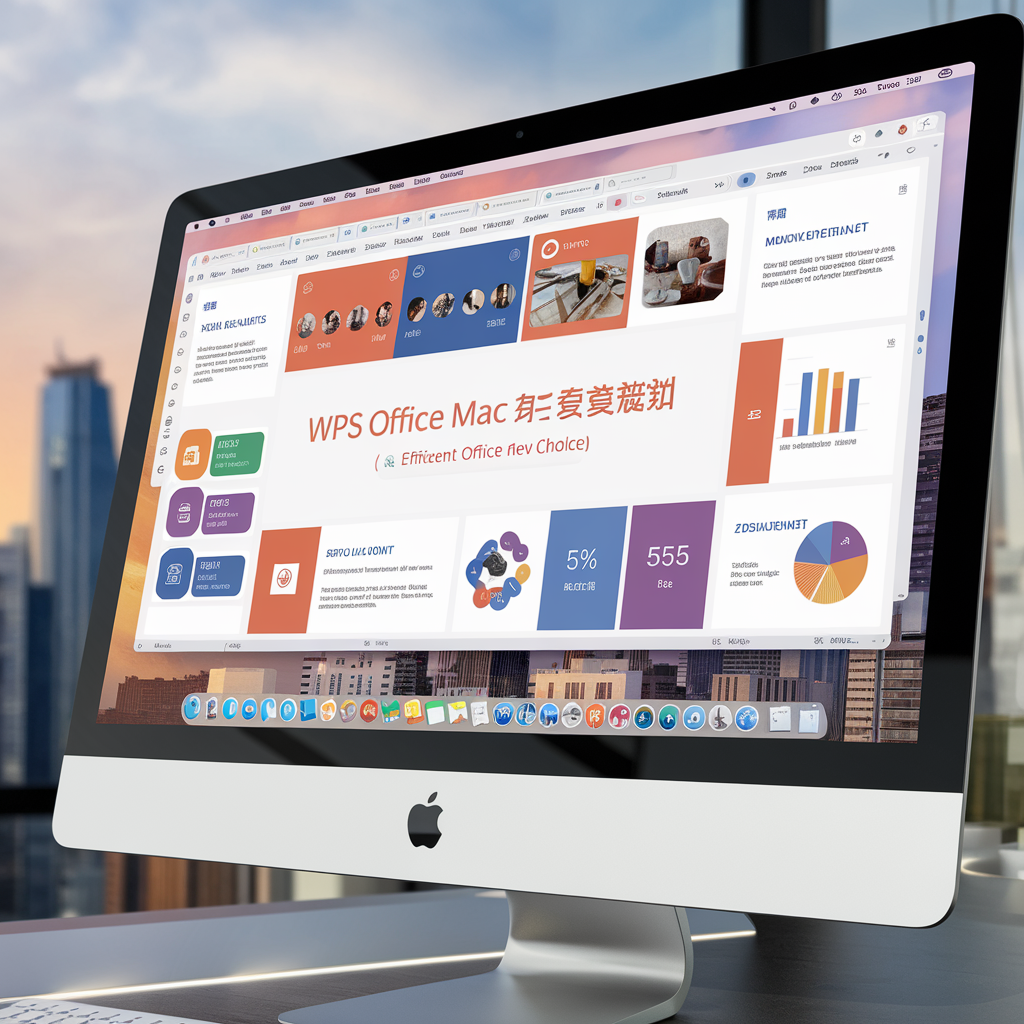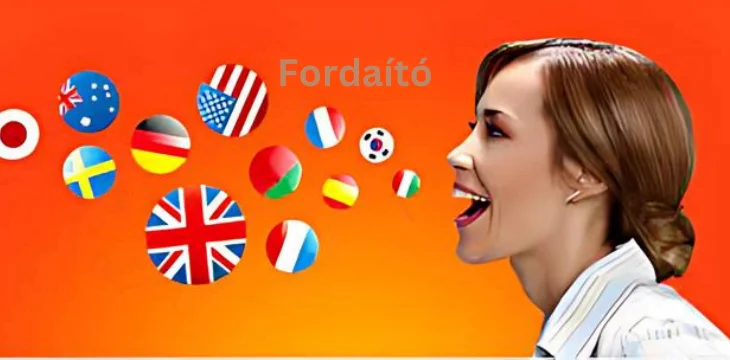In an increasingly globalized world, communication across languages is more critical than ever. Whether for business, diplomacy, education, or personal connections, the ability to translate words and ideas from one language to another opens doors and creates opportunities. This is where translation tools and services, often referred to by the Hungarian term “fordaító,” come into play. Fordaító means “translator,” and it encompasses both human translators and translation technologies. This article will explore the history, significance, and modern innovations in the field of translation, shedding light on how far we’ve come and where the future might take us.
The Origins of Translation
Translation has been a vital part of human civilization for millennia. As early as 3000 BCE, scribes in ancient Mesopotamia translated Sumerian texts into Akkadian, facilitating the exchange of knowledge and ideas across linguistic boundaries. The art of translation played a significant role in the spread of religious texts, legal documents, and philosophical works throughout history.
One of the most notable examples of translation in the ancient world was the creation of the Septuagint, a Greek translation of the Hebrew Bible. In the 3rd century BCE, 70 Jewish scholars translated the Hebrew scriptures into Greek, making the text accessible to a broader audience throughout the Hellenistic world. This translation had profound implications for the spread of Christianity, as it allowed early Christians to read and interpret the Old Testament in a language they understood.
The need for translation grew with the expansion of empires, trade, and migration. The medieval period saw the translation of numerous scientific and philosophical works from Arabic into Latin, which helped fuel the Renaissance in Europe. Throughout history, translators have played a pivotal role in preserving and transmitting knowledge across cultures and generations.
The Rise of Professional Translation
As societies became more interconnected, the demand for professional translation services grew. In the 19th and 20th centuries, international organizations, governments, and businesses began to rely on skilled translators to facilitate diplomacy, trade agreements, and legal contracts. This period also saw the rise of translation agencies, which employed teams of translators to work on large-scale projects.
One of the most famous examples of translation during this time is the Nuremberg Trials, where translators were essential in ensuring that the war crimes tribunal could proceed smoothly. Translators worked tirelessly to provide accurate interpretations of testimonies, legal arguments, and documents in multiple languages, ensuring that justice was served fairly and efficiently.
In parallel, scholars developed formal theories of translation, aiming to understand the nuances of conveying meaning across languages. Two central concepts emerged: formal equivalence (word-for-word translation) and dynamic equivalence (sense-for-sense translation). These theories sought to balance fidelity to the original text with clarity and accessibility in the target language. This tension remains at the heart of translation work today.
Machine Translation and the Birth of Digital Fordaító
The advent of computers in the mid-20th century gave birth to the concept of machine translation, which aimed to automate the translation process using algorithms. Early efforts were met with limited success. In 1954, IBM and Georgetown University conducted the first public demonstration of machine translation, translating a small set of Russian sentences into English. While the results were promising, the complexity of language quickly became apparent, and progress was slow in the following decades.
It wasn’t until the late 20th century that significant breakthroughs in machine translation occurred. Rule-based systems, which relied on extensive linguistic knowledge and handcrafted dictionaries, paved the way for more sophisticated approaches. However, these systems were often rigid and struggled with the nuances of natural language, particularly idiomatic expressions and context-dependent meanings.
The real revolution in machine translation came with the rise of statistical and neural machine translation (NMT) in the 21st century. Companies like Google, Microsoft, and DeepL developed sophisticated algorithms that leveraged vast amounts of bilingual data to improve translation accuracy. Neural networks, in particular, allowed for translations that could better capture the meaning and style of the original text.
Google Translate, launched in 2006, became one of the most widely used translation tools globally. It quickly expanded to cover hundreds of languages and has become an indispensable tool for travelers, students, and professionals alike. However, despite its convenience, machine translation is still not perfect. While it excels at translating simple sentences and common phrases, it can struggle with more complex texts, cultural references, and industry-specific jargon.
The Role of Human Translators in the Age of AI
Despite the advances in machine translation, human translators remain crucial, particularly for high-stakes and nuanced work. Translation is not just about substituting words in one language for those in another; it involves understanding the cultural, emotional, and contextual aspects of the original text and conveying them accurately in the target language. Human translators excel at capturing these subtleties, ensuring that the meaning and tone of the original message are preserved.
In fields such as literature, legal translation, and medical translation, the stakes are often too high to rely solely on machine translation. A poorly translated contract could lead to costly legal disputes, while a mistranslated medical document could result in life-threatening consequences. In these cases, human translators provide the expertise and attention to detail that machines currently lack.
Moreover, translators often serve as cultural mediators, helping to bridge gaps between different worldviews and communication styles. In international business, for example, a translator may not only translate the words of a marketing campaign but also adapt its tone and content to resonate with the target audience’s cultural norms and preferences. This level of sensitivity and adaptability is something that machines are still far from achieving.
The Future of Translation: A Hybrid Approach
As technology continues to evolve, the future of translation will likely involve a hybrid approach that combines the strengths of both human translators and AI-powered tools. Already, many translation professionals use machine translation as a first step, followed by careful editing and refinement to ensure accuracy and quality. This approach, known as post-editing, allows for faster and more efficient translation while maintaining high standards.
AI is also being integrated into tools that assist human translators during their work. For example, computer-assisted translation (CAT) tools use translation memory to store previously translated phrases and suggest them when similar text appears. This can save time and reduce inconsistencies, particularly in large documents.
Another promising development is real-time translation. With the advent of wearable devices and advanced language processing algorithms, real-time translation has become a reality in certain contexts. Devices like earphones that can instantly translate spoken language are being developed and refined, potentially revolutionizing communication in multilingual environments.
Conclusion
The fordaító, whether human or machine, plays a vital role in our interconnected world. While machine translation has made significant strides in recent years, it is not yet capable of replacing the expertise, creativity, and cultural understanding that human translators bring to the table. As we look to the future, the most effective translation solutions will likely involve a collaboration between humans and AI, combining the best of both worlds to overcome language barriers and foster understanding across cultures.
In an era where communication across borders is essential, the field of translation continues to evolve, adapting to the needs of a changing world. The fordaító, in all its forms, remains a key player in the global exchange of ideas, information, and culture.
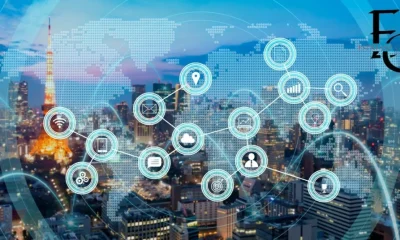
 Tech4 weeks ago
Tech4 weeks ago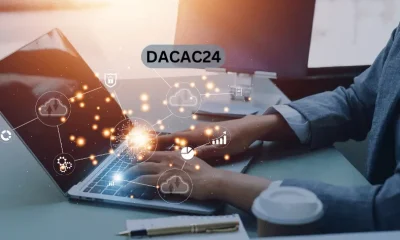
 Tech4 weeks ago
Tech4 weeks ago
 News2 weeks ago
News2 weeks ago
 News6 days ago
News6 days ago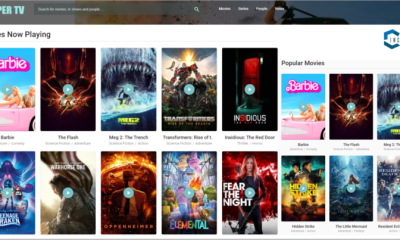
 Entertainment2 weeks ago
Entertainment2 weeks ago
 General3 weeks ago
General3 weeks ago
 HEALTH & FITNESS2 weeks ago
HEALTH & FITNESS2 weeks ago
 General1 week ago
General1 week ago



